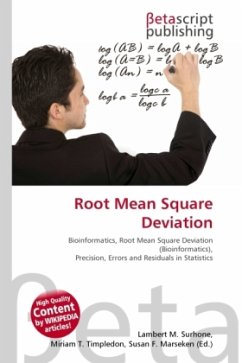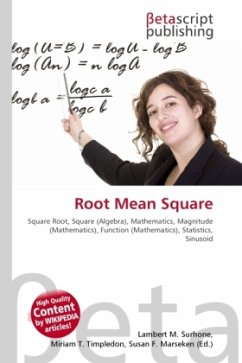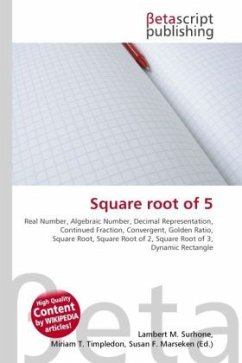Please note that the content of this book primarily consists of articles available from Wikipedia or other free sources online. In mathematics, the square root of a matrix extends the notion of square root from numbers to matrices. In linear algebra and operator theory, given a bounded positive semidefinite operator (a non-negative operator) T on a complex Hilbert space, B is a square root of T if T = B B, where B denotes the Hermitian adjoint of B. According to the spectral theorem, the continuous functional calculus can be applied to obtain an operator T such that T is itself positive and (T )2 = T. The operator T is the unique non-negative square root of T. A bounded non-negative operator on a complex Hilbert space is self adjoint by definition. So T = (T ) T . Conversely, it is trivially true that every operator of the form B B is non-negative. Therefore, an operator T is non-negative if and only if T = B B for some B (equivalently, T = CC for some C). The Cholesky factorization is a particular example of square root.
Bitte wählen Sie Ihr Anliegen aus.
Rechnungen
Retourenschein anfordern
Bestellstatus
Storno








